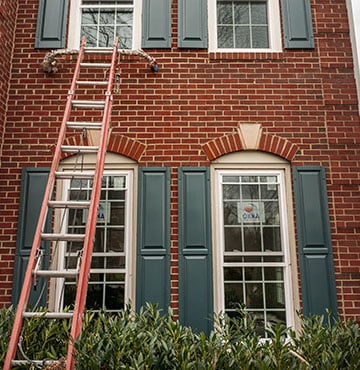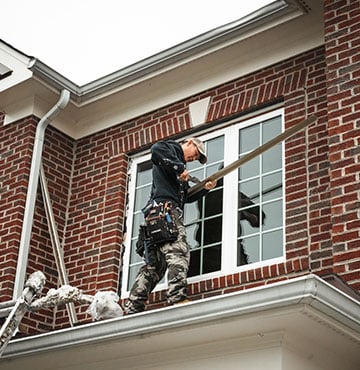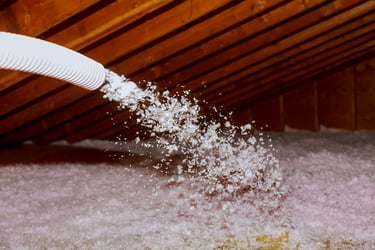If you’re doing research for your air sealing or insulation project, you have probably heard 10 different opinions on loose fill insulation (fiberglass and cellulose) and which is better. The honest truth is that many contractors will tout the benefits of the materials that they sell and their opinions can be molded by these purchasing decisions rather than by facts. We have installed all types of insulating materials, and make our recommendations based on scientific research and the real, quantifiable results that we achieved in our customers’ homes.
Why Choose Cellulose?
While other materials may work best in different applications around the home, we believe that the best insulation for loose fill in attics is borate only stabilized cellulose. (We can already hear the clamoring of folks that sell fiberglass, but all protests aside, facts are stubborn things.) There are several reasons we believe borate stabilized cellulose is best:
- Its performance is unmatched; the R-value is much higher compared to that of loose fiberglass filled insulation.
- Cellulose is made from reclaimed/recycled materials which are environmentally friendly.
- Borates are an effective insecticide and pest deterrent for your home.
- Cellulose poses less of an inhalation hazard in comparison to fiberglass.
- Unlike other cellulose insulation, borate stabilized cellulose does not have VOC content and does not off gas like Ammonium Sulfate stabilized cellulose or Formaldehyde containing fiberglass can.
- The only drawback to using borate Cellulose is that it is more expensive than its fiberglass alternative.
Why Choose Fiberglass Insulation?
Other industry experts point to the fact that loose fill fiberglass dominates the new construction housing market. As many homeowners know, builders are under tremendous pressure to deliver a beautiful new home while cutting costs and staying within budget.
- Fiberglass insulation does have a comparatively lower cost to cellulose per installed inch.
- The biggest problem with fiberglass is that it is subject to convective air movement and this results in a tremendous degradation of the cumulative R-Value. Studies, such as those performed at Oak Ridge National Laboratories, have shown as much as a 50% reduction in R-Value of loose fill fiberglass during wintertime conditions. What this means for a homeowner is that while you have paid for the Energy Star recommended R-49 in your attic, the actual environmental performance of loose fill fiberglass is R-25 or less when you need it most.
- Fiberglass is not an effective insecticide or pest preventative. Take a look in an older attic and you will find quite a few reminders pest squatters.
- Fiberglass is a skin and lung irritant.











%20(720%20%C3%97%20510%20px)%20(500%20%C3%97%20500%20px)%20(300%20%C3%97%20300%20px)%20(400%20%C3%97%20400%20px)%20(700%20%C3%97%20700%20px)%20(480%20x%20550%20px).png?width=480&height=550&name=Untitled%20(860%20%C3%97%20860%20px)%20(720%20%C3%97%20510%20px)%20(500%20%C3%97%20500%20px)%20(300%20%C3%97%20300%20px)%20(400%20%C3%97%20400%20px)%20(700%20%C3%97%20700%20px)%20(480%20x%20550%20px).png)
Comments